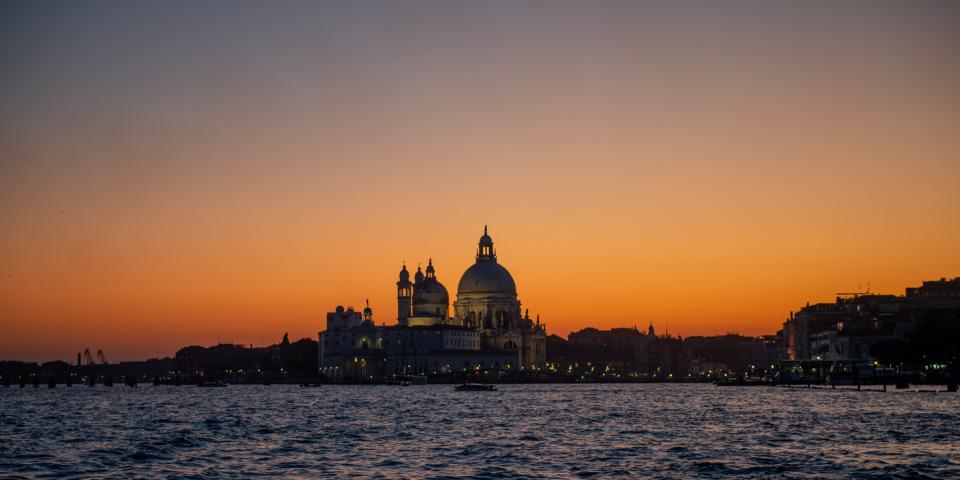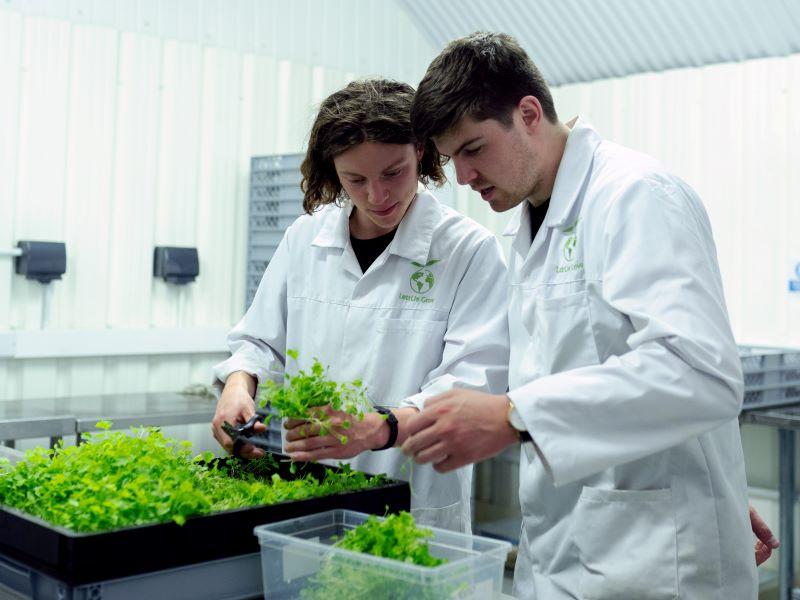Last year – 2024 – was the 700th anniversary of the death of Marco Polo, the famous Venetian global traveller. This presented the University of Warwick with a great opportunity, since we have had a base in Venice since 1967, where we teach and host international research conferences. There were lots of celebrations of Marco Polo planned in Venice and elsewhere. How could we do something that stood out? More importantly, how could we do something that combined a celebration of the historical past with our values as a university; that helped us articulate our current global engagement and contributed positively to our future global ambitions? How – in short – could we make internationalisation count?
What we created was a year-long programme of educational, research and public engagement activities in partnership with 36 institutions across 18 countries, inspired by the theme of East-West connectivity that Marco Polo embodied. The 12 key projects, involving more than 11,000 people worldwide – staff, students and regional communities – included the restoration and public display of 14th-century records of Venetian travellers in India; the first-ever digitisation of the writings of the Islamic traveller Ibn Battuta as he explored Africa and Asia; and exploratory research into the views of modern travellers to China during key moments of 20th-century Chinese history.
But such activities can all too quickly get lost in the overflowing calendars of busy universities. What made the Marco Polo International Programme stand out was the way in which we told its story in the UK and internationally.
- Spotlight guide: advice from academics and institutions shortlisted in the THE Awards 2025
- How can universities show the impact of research and boost connections with the public?
- Why academics should adopt a podcaster’s mindset
So, the advice here is simple: seeing is believing. How you communicate the story of an activity is as important as the activity itself. How you do that, however, is more complicated than crafting a press release, especially when activities run over multiple months, locations, audiences and themes. Based on running the Marco Polo International Programme, I can share this advice:
Every body needs a skeleton to hang off. Every programme needs a clear purpose that ties all its activities together. It helps people understand how each part fits into the bigger picture. For us, it was the idea that the Marco Polo International Programme championed the power, importance and impact of cultural interaction, engagement and discovery – in the past and the present. That idea guided everything we did.
A picture is worth a thousand words. Events happen all the time – but capturing them, even just with photography if not with film, helps make them visible, shareable and memorable. We endeavoured to ensure every event in the programme – wherever it took place – was captured so that it could be seen by a wider audience online.
What’s your hashtag? Social media is everywhere so being part of the conversation on these platforms is crucial, to allow events to be seen globally, engaged with, celebrated and remembered. And it’s not just the image you share, it’s the story you tell about the event and it’s the hashtag you use to link activities together across projects. #marcopolointernationalprogramme enabled us to link all activities – and to track their cumulative impact of over 184,000 impressions.
Multiple voices, multiple videos. The programme was all about bringing people together – different communities, voices, cultures, perspectives and ideas. It involved students, staff and members of the public, across locations including the UK, Venice and Shanghai. The voices of students, expert scholars, the public, even our own AI-generated Marco Polo, were made central to the programme through self-shot “reportage” and professionally filmed and edited thematic videos. These videos, which attracted more than 90,000 views, gave audiences more interesting and engaging content. They told a fuller story of the programme, showed how many people were involved, and shared real experiences that reflected our values of inclusion.
Some stories run and run. Some events started and finished within a day or a month, other projects ran through the whole year – and some are still going strong. Planning how to tell these stories was crucial. We chose certain storylines we would film and capture at different intervals over the year, gradually building up the complete story. This culminated in a final set of video showcases about the longer-term impact, the many contributors, and the innovative outcomes as each project developed its own momentum, contributing to a cumulative 492 million global reach.
The SO what? The steel skeleton narrative; the visual records of events; the hashtag nomenclature; the self-shot videos and the curated video storytelling. All of this helped highlight the scholarly discovery, the learning, the research, and the engagement that took place. But unless it’s brought together into a final story of impact, the programme risks being forgotten or replaced by whatever comes next.
Telling the story of impact – of the outcomes and outputs, of the changes made possible, of the people involved along the way, of the scale and the significance of the programme, of the ways in which it was seen across the world, supported by visuals, facts and figures gathered along the way – allows the scale of the project to be felt and made real. It makes it part of your institution’s narrative, memory and identity. So always keep some budget, time and energy for the final word. It matters more than your first.
Michael Scott is pro vice-chancellor, international, and a professor of classics and ancient history at the University of Warwick.
The University of Warwick was shortlisted for International Collaboration of the Year in the 2025 Times Higher Education Awards. A full list of shortlisted candidates can be found here.
If you would like advice and insight from academics and university staff delivered direct to your inbox each week, sign up for the Campus newsletter.




comment